Imagine walking through a parched desert, your eyes scanning a landscape littered with pebbles and stones. Suddenly, you realize that some of those rocks are alive. This isn’t a trick of the mind or a scene from a science fiction novel—it’s the fascinating reality of Lithops, the extraordinary plant that has mastered the art of disguise to survive in some of the harshest environments on Earth. Their story is not just one of survival, but of astonishing adaptation, captivating scientists and plant lovers alike with their silent, stone-like mystery.
Nature’s Masters of Camouflage
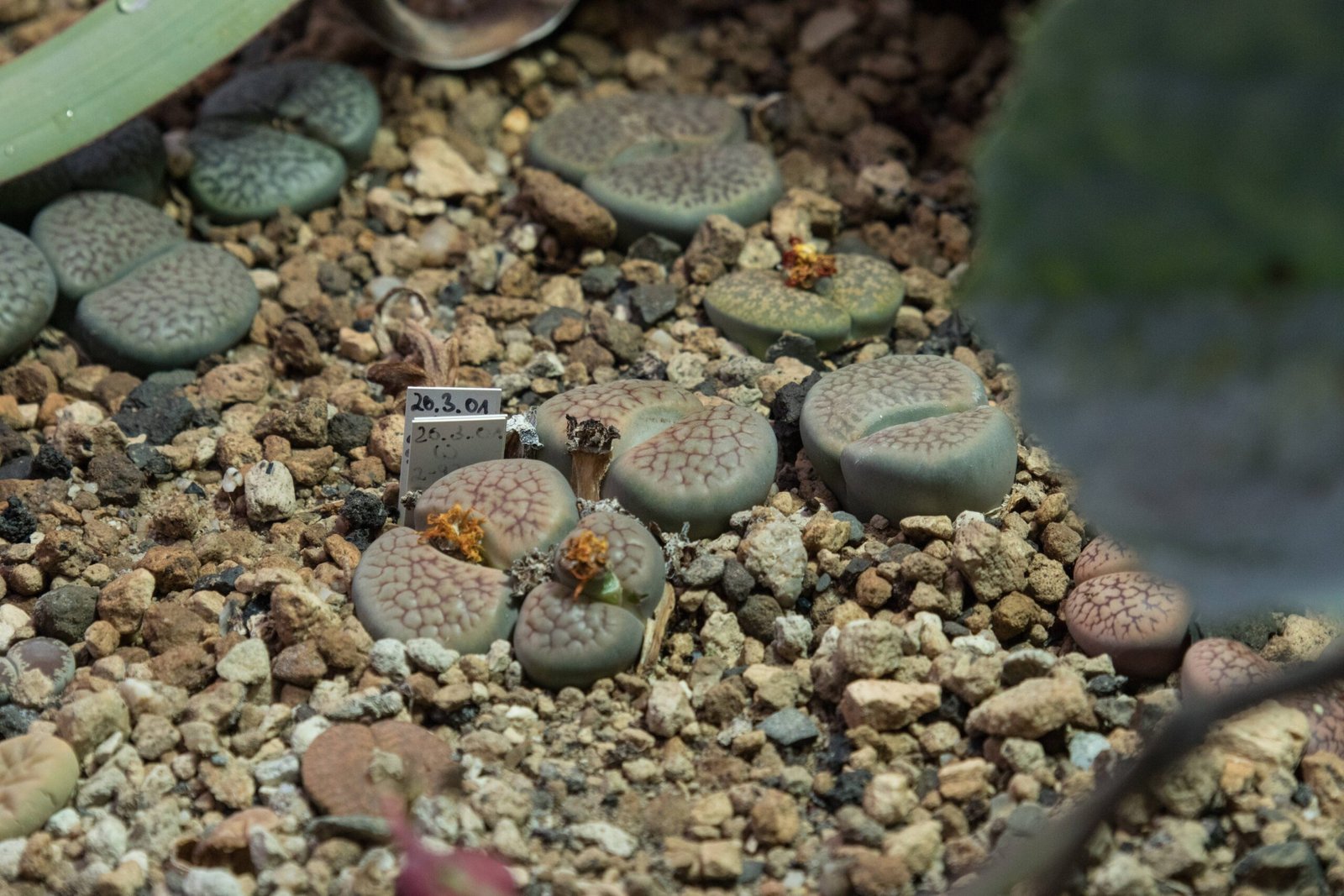
Lithops, often called “living stones,” are the ultimate champions of plant camouflage. Their leaves, fused into a pair of thick, fleshy lobes, are shaped and colored to mimic the rocks and gravel of their native habitats. This uncanny resemblance is not just a quirky adaptation—it’s a lifeline. By blending in with their surroundings, Lithops avoid the watchful eyes (and hungry mouths) of herbivores that roam the arid lands of southern Africa. For thousands of years, this remarkable trick has allowed them to thrive where many other plants fail.
The Harsh Homes of Lithops
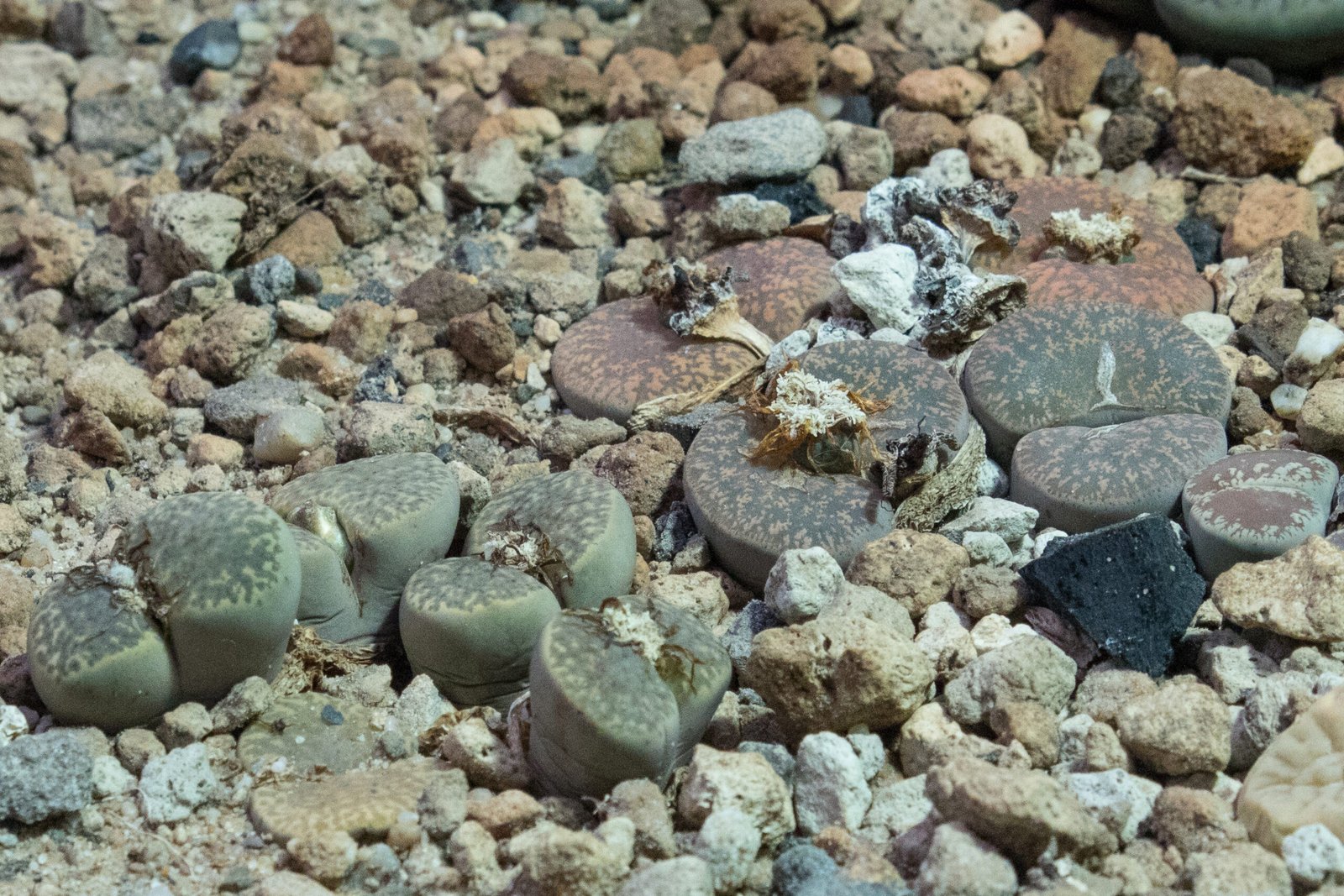
These living stones are native to regions that would make most plants wilt in an instant. Their home is the sun-baked deserts and rocky plains of Namibia, Botswana, and South Africa. Rain is rare, shade is scarce, and temperatures can soar during the day before plummeting at night. In these extreme conditions, Lithops have evolved to make the most of every drop of water and every sliver of shade. Their rock-like appearance protects them not only from animals but also from the harsh desert sun, as their low profile keeps them cool and conserves precious moisture.
The Science Behind the Stone-Like Appearance
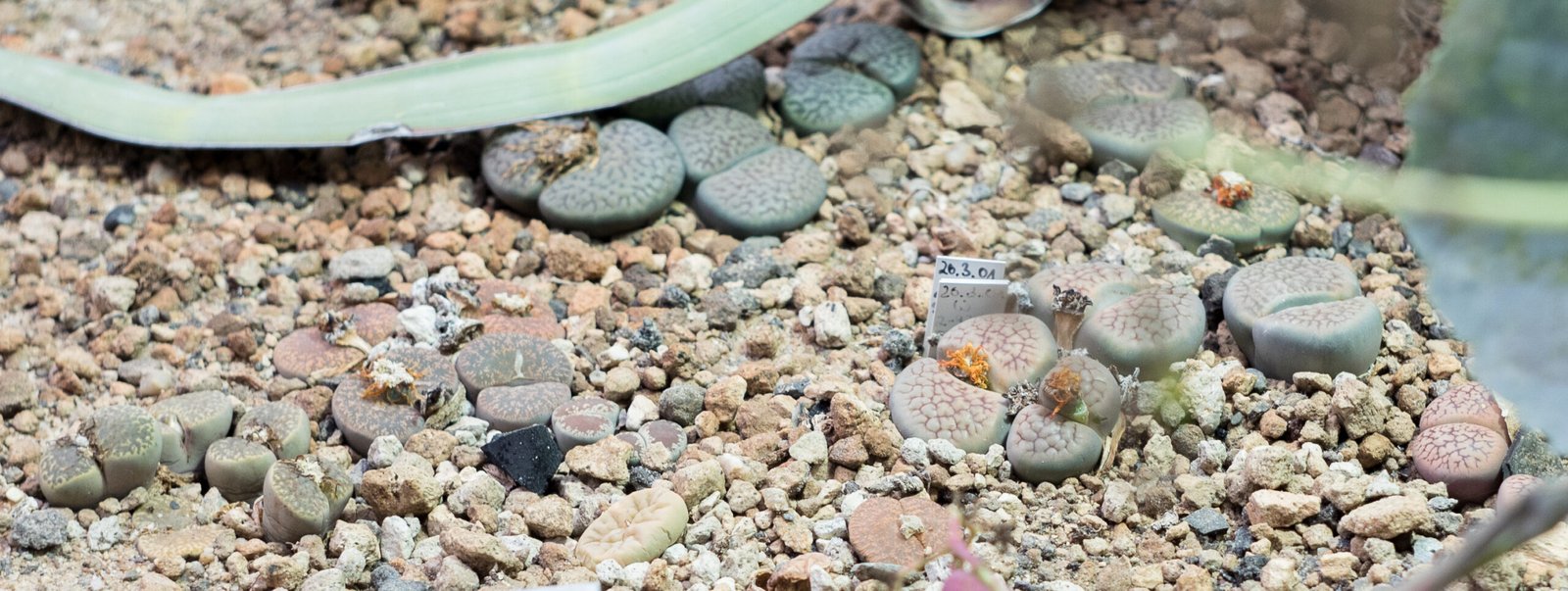
What makes Lithops look so convincingly like stones? The answer lies in their unique leaf structure and pigmentation. The leaves are mostly underground, with only the tops exposed. This exposed surface is often speckled, mottled, or streaked in colors that perfectly match the surrounding rocks—shades of gray, brown, green, and even red. The translucent “window” at the top of each leaf allows sunlight to penetrate deep into the plant, enabling photosynthesis while minimizing water loss. This clever design is a testament to the ingenuity of evolution in action.
Survival Tactics in a Parched World
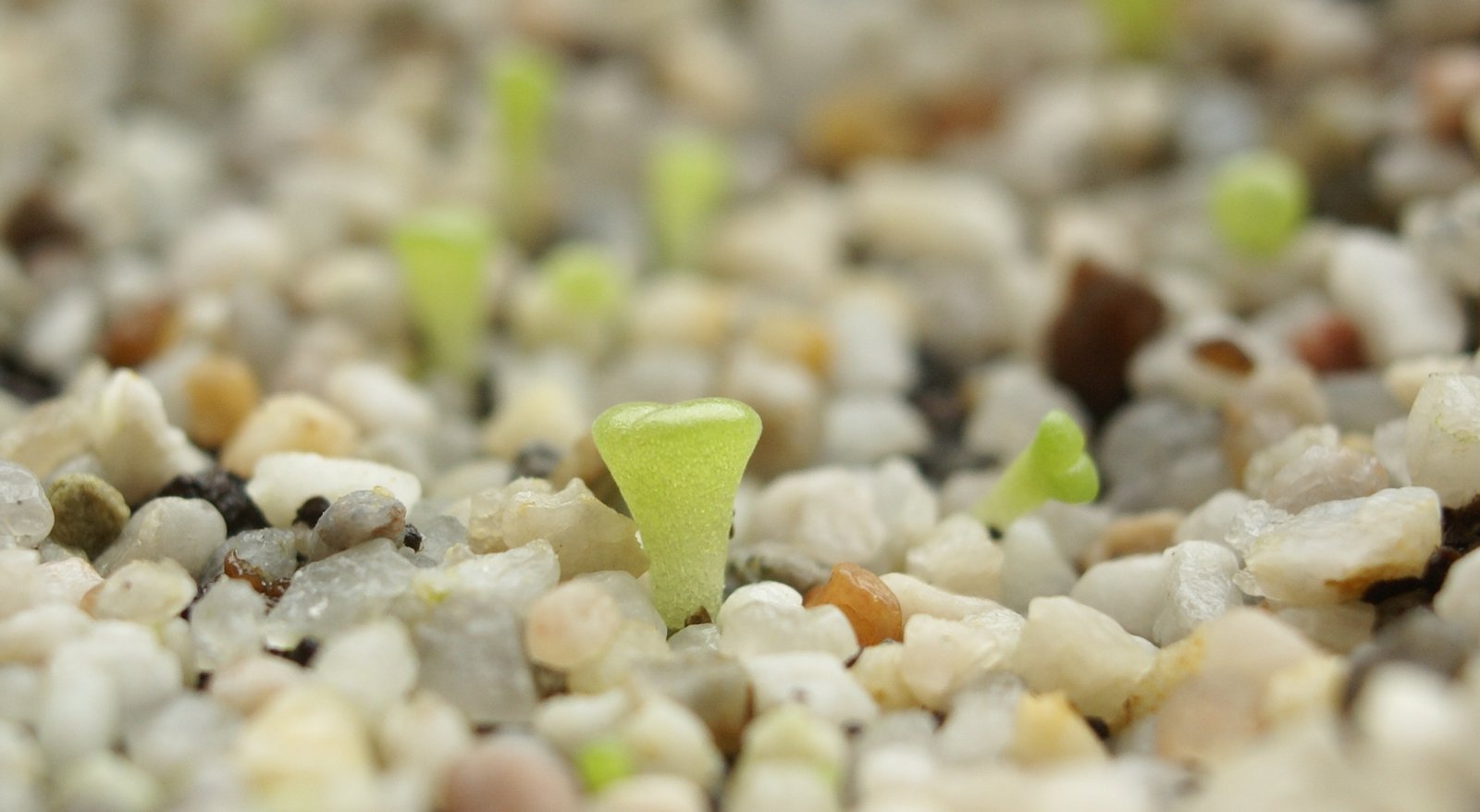
Lithops have evolved some truly remarkable survival tactics to outlast long droughts. During dry periods, these plants shrink into the ground, becoming even more rock-like and less noticeable. Their thick, succulent leaves can store enough water to last for months without rain. When the rare rainstorm arrives, Lithops quickly absorb the moisture, swelling up and sometimes even splitting open to reveal new leaves inside. It’s a dramatic transformation that highlights their resilience and adaptability.
Pollination: The Hidden Drama
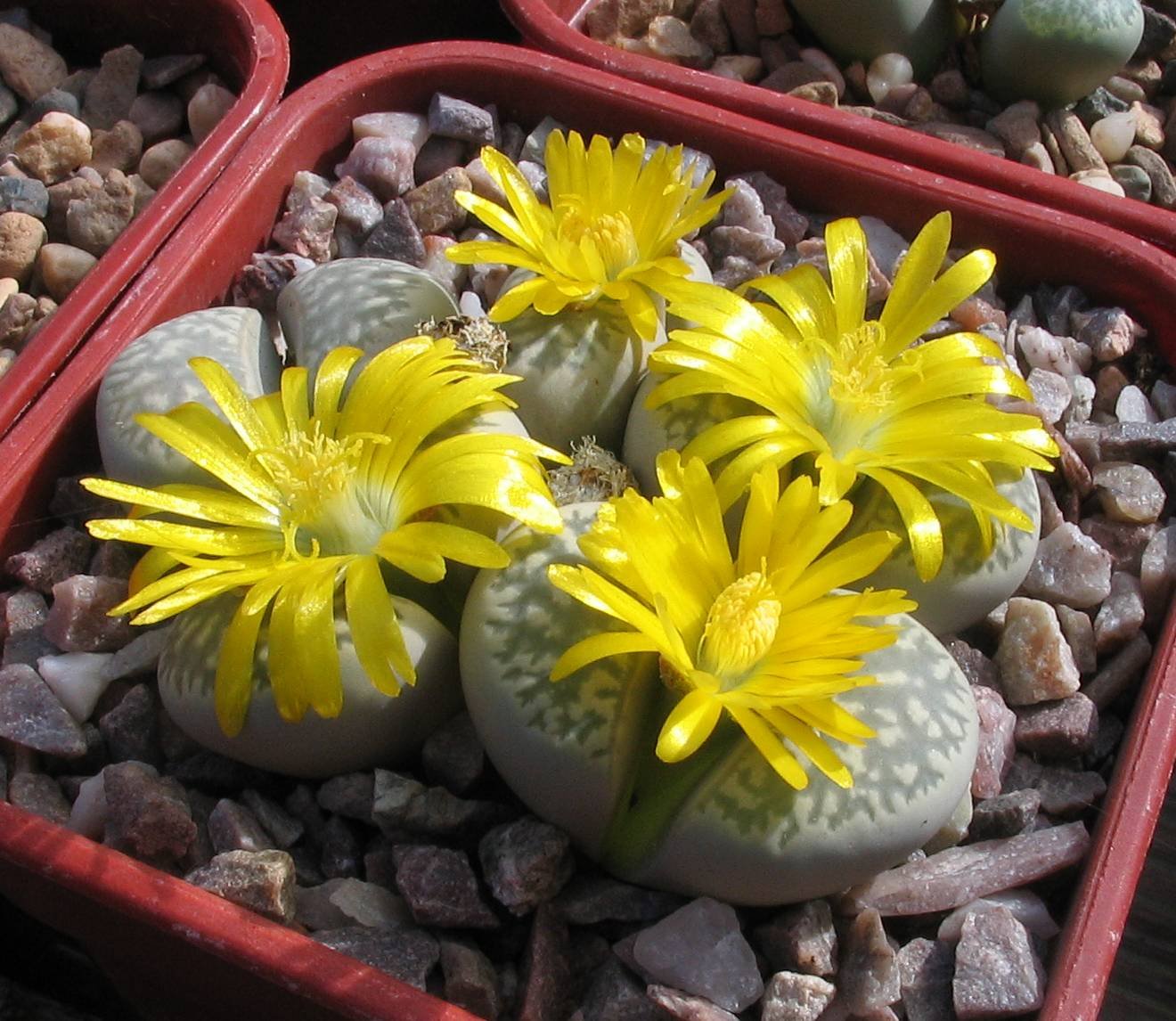
Despite their rock-like disguise, Lithops must eventually reveal themselves to the world—at least during blooming season. In late summer or early autumn, they produce daisy-like flowers that burst forth from between their leaf lobes. These blossoms, often white or yellow, are a surprising and beautiful contrast to the muted tones of the plant. The flowers attract insects, which carry pollen between plants, ensuring the next generation of Lithops. For a brief moment, the hidden living stones become the stars of the desert stage.
The Fascination for Plant Collectors
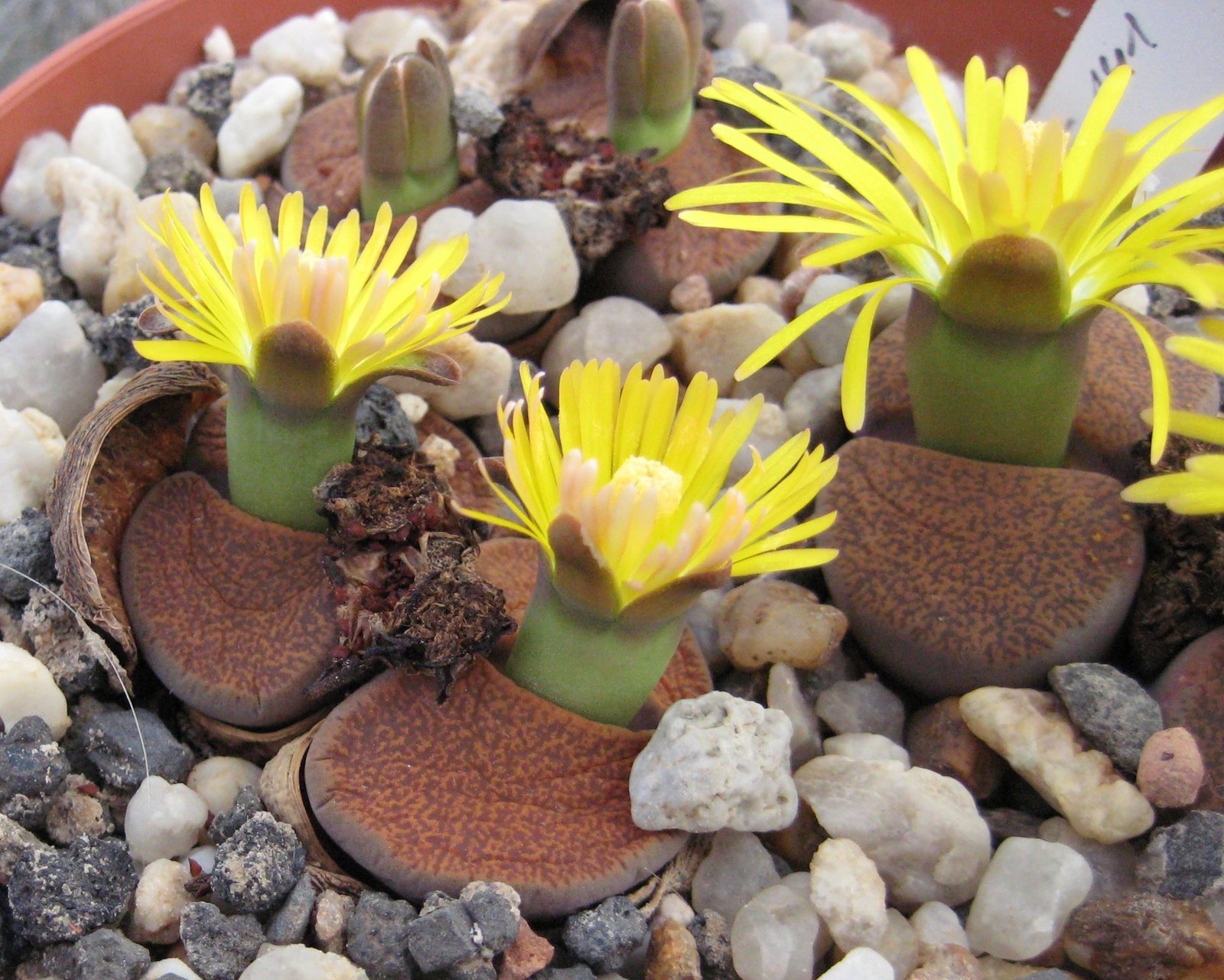
Lithops have found a special place in the hearts of plant collectors and succulent enthusiasts around the globe. Their bizarre shape, vibrant flowers, and slow-growing nature make them both a challenge and a delight to nurture. Many collectors become obsessed with finding rare varieties, each with its own unique pattern and color. It’s not uncommon to hear stories of people spending years searching for a particular Lithops species, captivated by their quiet beauty and mysterious existence.
Growing Lithops at Home: A Test of Patience
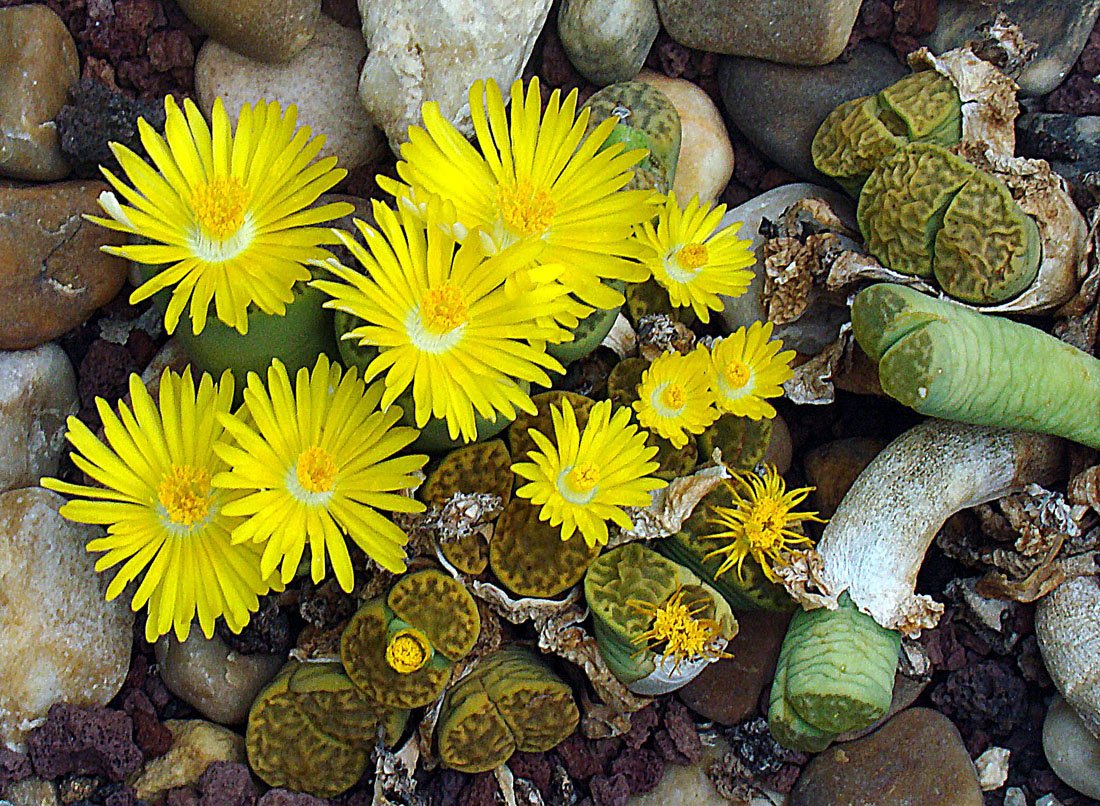
Caring for Lithops at home is not without its challenges. These plants demand careful attention to watering—too much, and they rot; too little, and they shrivel. They thrive in gritty, well-draining soil, with plenty of sunlight and minimal disturbance. Watching a Lithops grow is an exercise in patience, as they can take years to reach maturity and rarely flower in captivity. Yet, for those willing to wait, the reward is a truly unique addition to any plant collection, a tiny piece of living geology on your windowsill.
Ecological Importance in Their Native Habitat
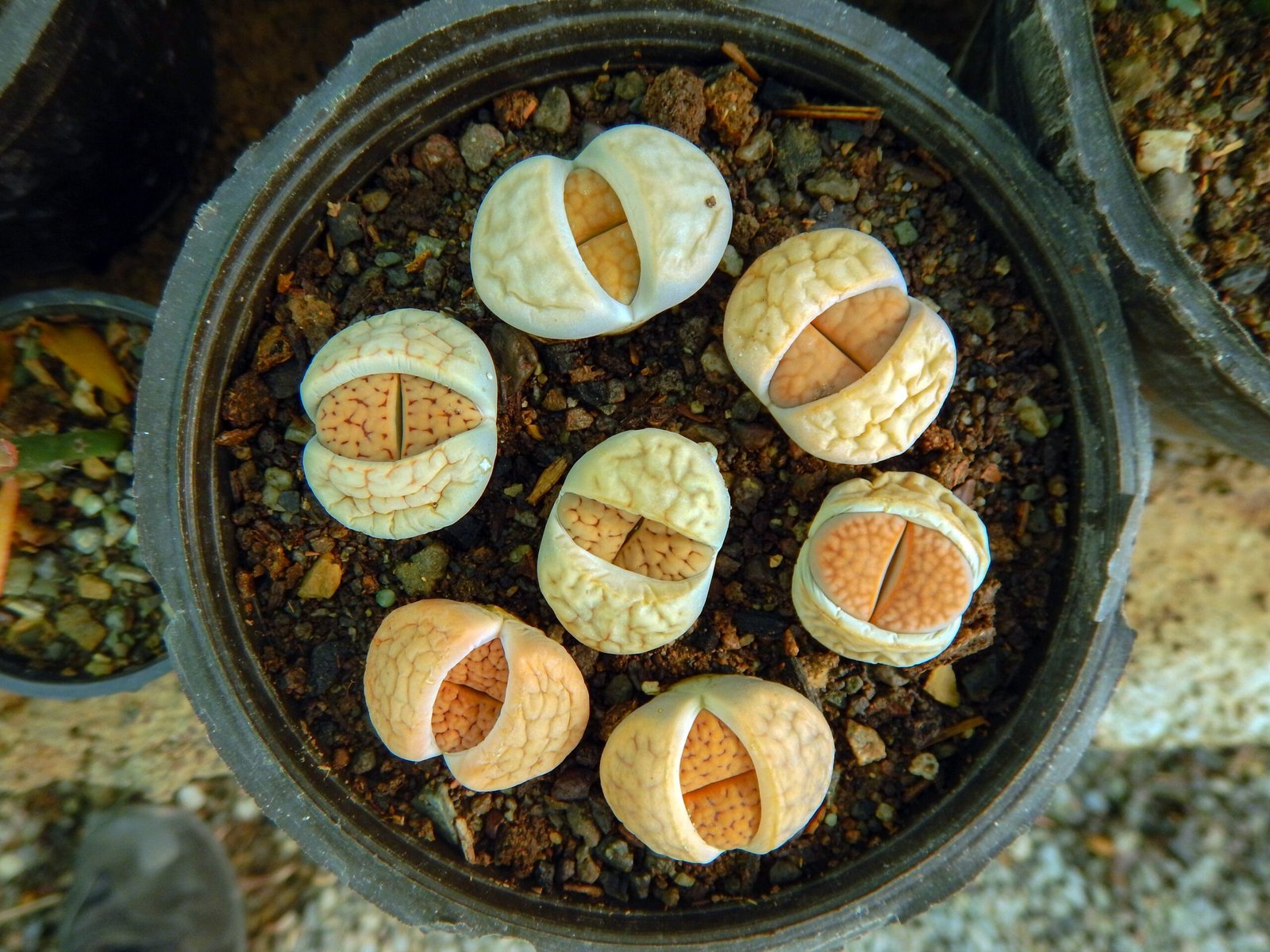
Lithops are more than just desert oddities—they play a subtle yet vital role in their ecosystems. By breaking up the soil and creating microhabitats, they help retain moisture and promote biodiversity in areas where life is scarce. Their flowers support pollinators, while their presence signals healthy, undisturbed land. In some regions, Lithops are considered indicators of environmental change, their decline often signaling shifts in climate or land use that threaten other species as well.
Threats and Conservation Challenges
Despite their hardy appearance, Lithops face growing threats from habitat destruction, illegal collection, and climate change. As deserts are mined or converted for agriculture, the delicate balance that allows Lithops to thrive is disrupted. Overharvesting by collectors has led to the decline of some species in the wild. Conservationists are working to protect these living stones through habitat preservation and education, but the challenges are immense. The survival of Lithops depends on our ability to appreciate and safeguard the wonders of the natural world.
The Lasting Mystery of Living Stones
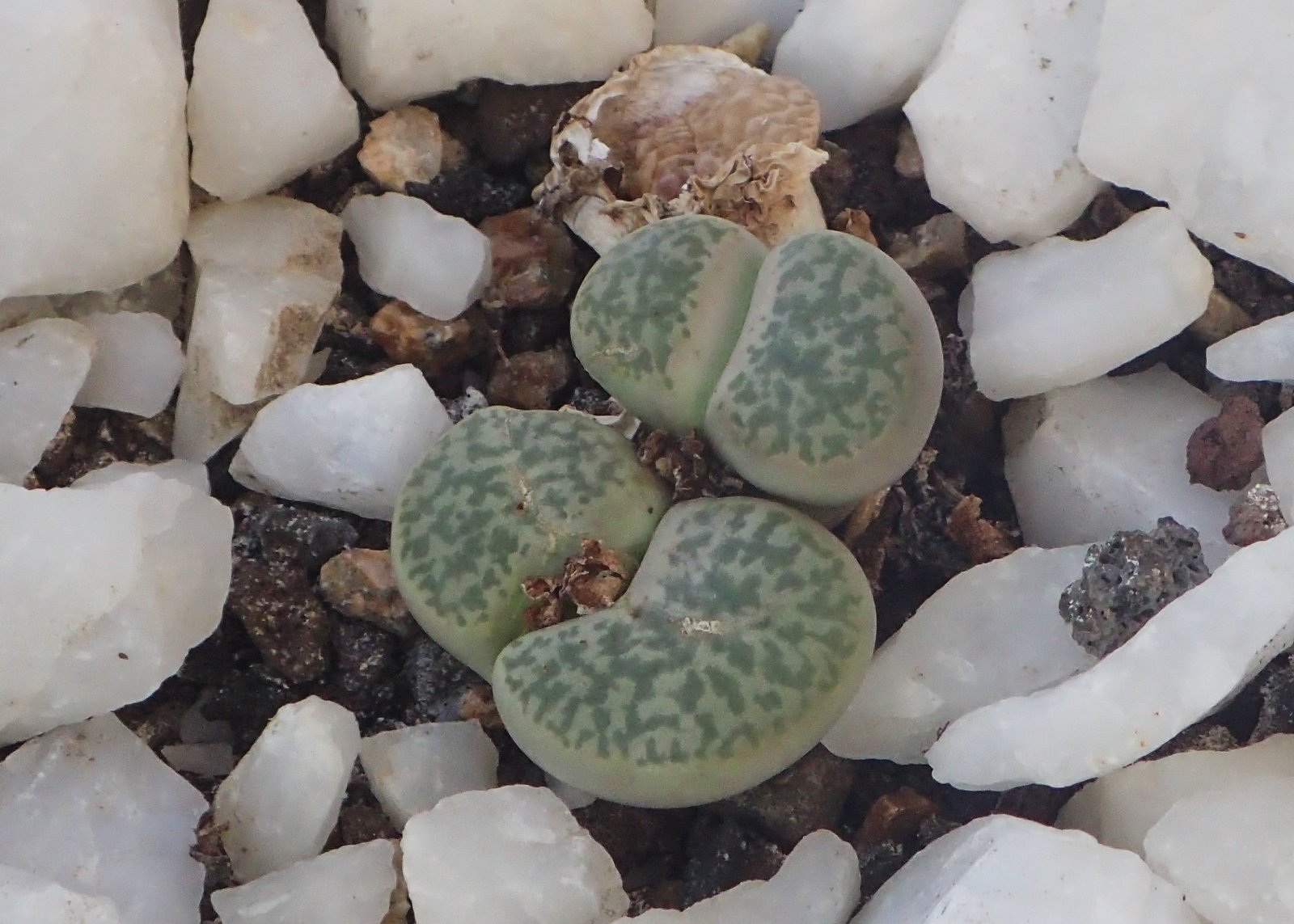
There is something profoundly inspiring about a plant that can pass for a rock and survive where so little else can. Lithops remind us that nature’s creativity knows no bounds and that even in the harshest corners of the world, life finds a way. Their story is a lesson in patience, resilience, and the power of adaptation, inviting us to look closer at the world around us and find beauty in the unexpected. Who would have guessed that the most unassuming stone might be alive and quietly thriving?



